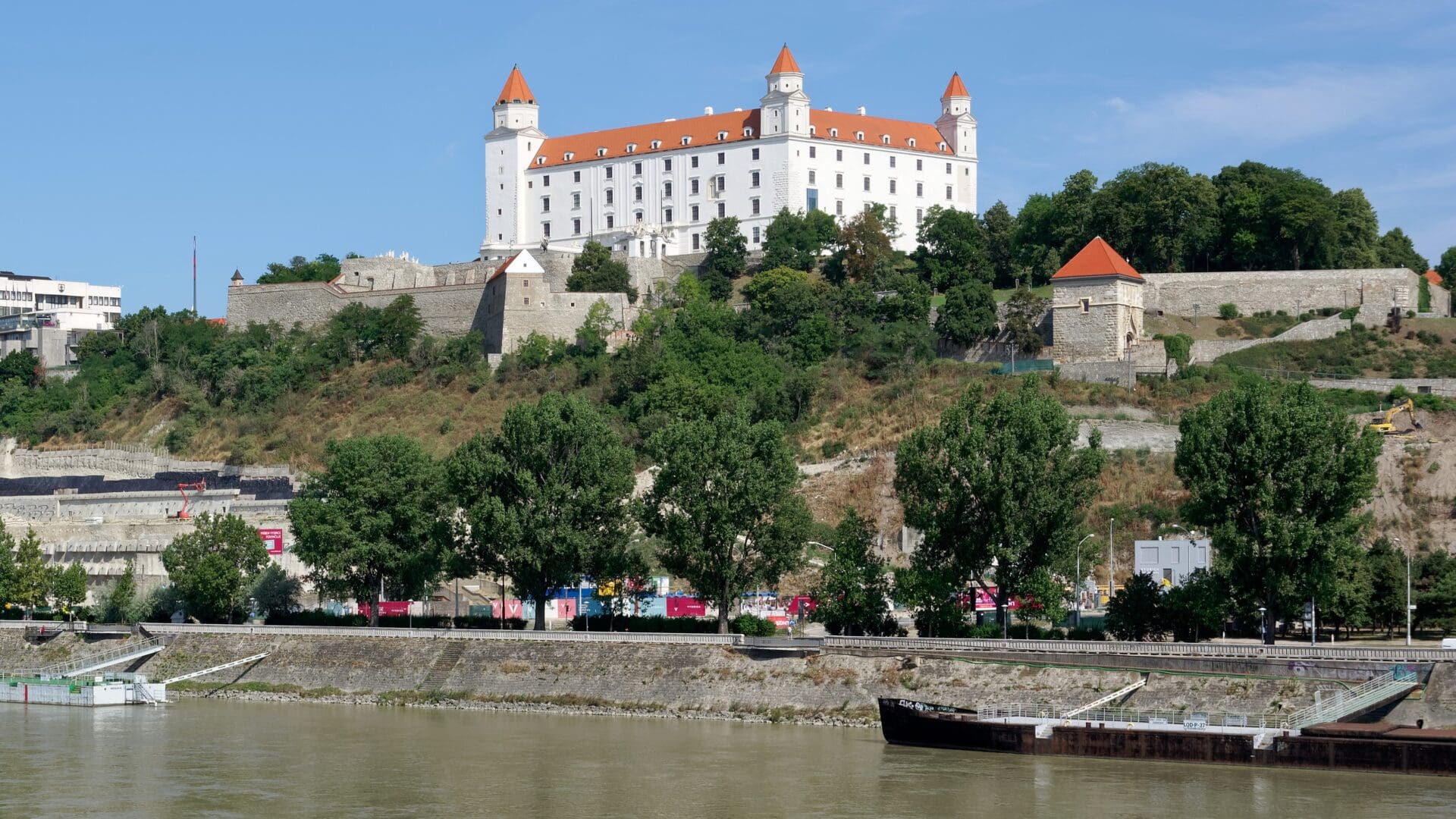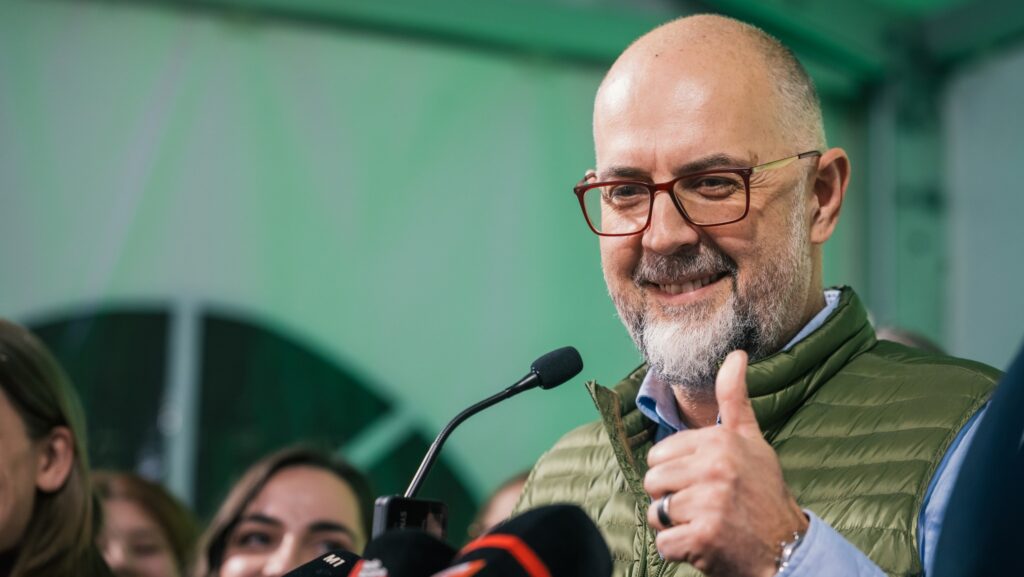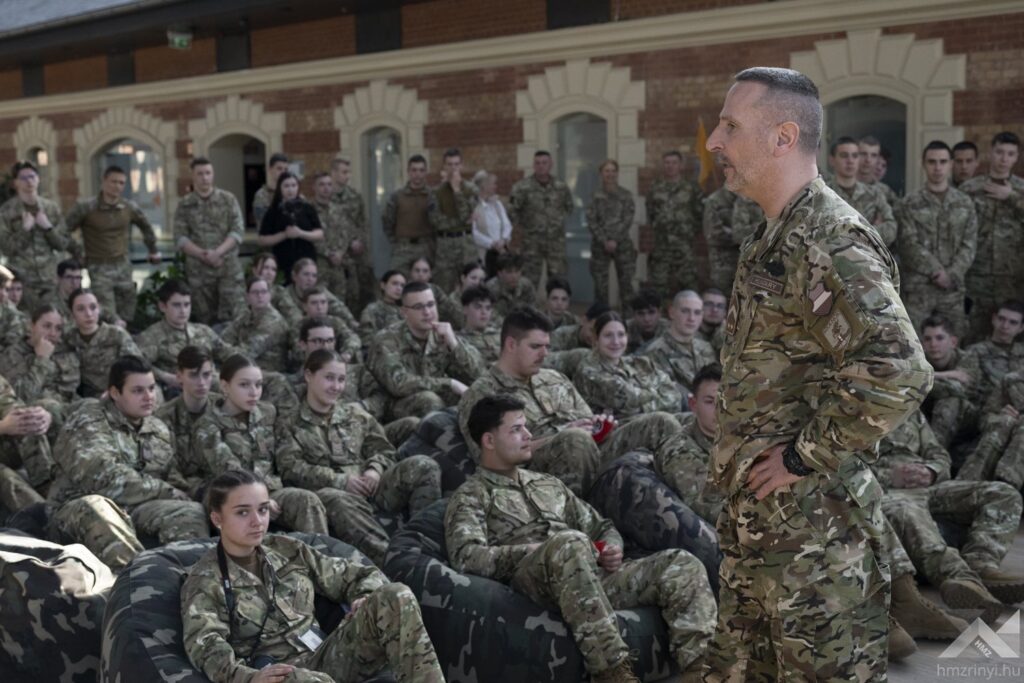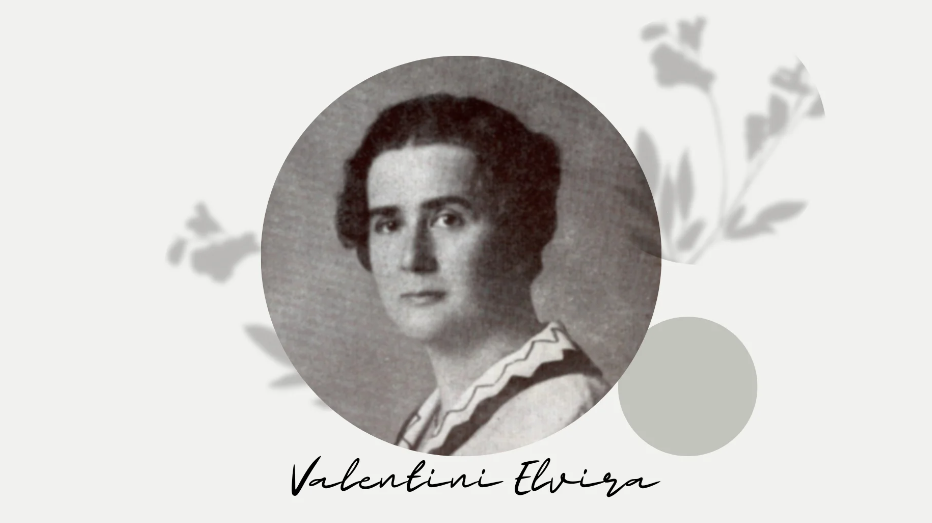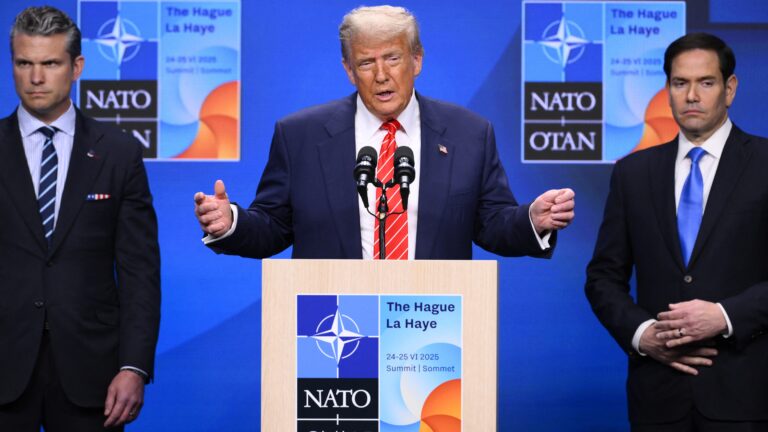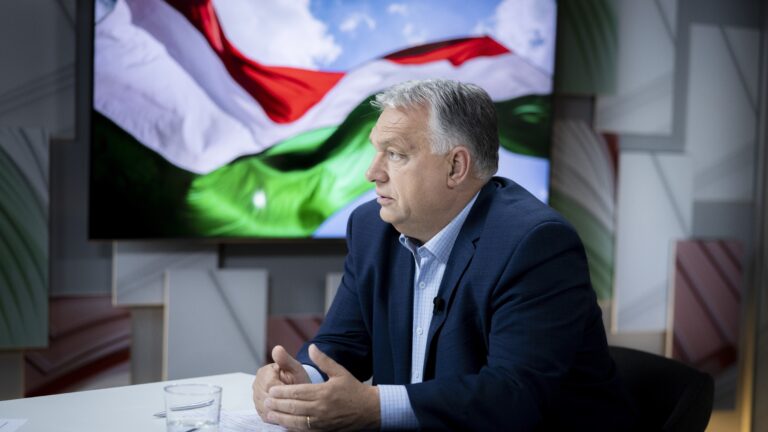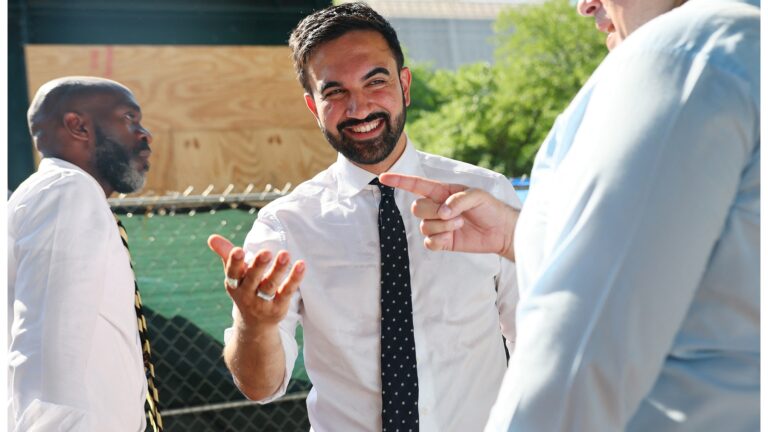Readers from beyond the Carpathians may struggle to find the country of Slovakia on a blank map, which is a pity. The country of a modest 5.4 million inhabitants is a peaceful, quiet, beautiful country; but politically, it is quite the opposite. In the past five short years, it has seen the murder of an investigative journalist, party splits, a change of government, and the appointment of an interim prime minister, Lajos Ódor, along with two other ethnically Hungarian ministers. The choice of Hungarians as leading government officials is seen as a significant development, breaking taboos in Slovakian politics regarding minority representation. And now, early elections are coming up.
One not so familiar with the Slovak political landscape might think that if the prime minister of a country outside of Hungary is Hungarian (and even his finance minister, Mihály Horváth, the minister responsible for investments, Péter Balík, as well as the chief of national police, István Hamran), the local Hungarian parties can sit back and relax as they wait for the elections. But this is not the case, and the decades-old problem of a lack of proper Hungarian representation at the national level seems to be perpetuating itself. Although 8.5 per cent of Slovakia’s population is ethnically Hungarian, and the threshold for entering parliament is 5 per cent, or 7 per cent for coalitions, there has been no Hungarian party in the Bratislava parliament since 2020. But how did this happen? Did Hungarians not turn out to vote?
They did, and despite their justified disillusionment with their political leaders, 172,000 people voted for Hungarian formations (in 2002, it was as many as 321,000), which is 6 per cent of the total vote.) The fault lies with the dividedness of the Hungarian community, the decades of bickering, and meanwhile, the Slovak parties are taking advantage of the intra-ethnic divisions to court Hungarian voters.
The conflict between Hungarian politicians and their parties in the Uplands goes back a long time
and stems from several differences, conflicts of interest and diverging values.
The story began during the Czechoslovak regime change, when three parties were created from the outset. Együttélés, meaning Co-Existence, under the leadership of Miklós Duray, a defining figure in Slovakian politics who passed away in January this year. The party initially also promoted the interests of other minorities in Slovakia, and was based on a fundamentally right-wing, Christian Democratic worldview. The Hungarian Christian Democratic Movement was a right-wing, Christian Democratic party, as its name suggests, and Béla Bugár, a defining figure in Hungarian Slovak politics, began his political career in it.
The Hungarian Liberal Party, a party of the liberal, urban class, was founded alongside them. In addition, smaller parties emerged, mostly as splinters of Együttélés, in the early 1990s, but they never had a significant supporter base. The three larger parties ran in an election alliance in 1994, and then, in response to changes in the electoral system, merged into a single organisation in 1998, which became the Hungarian Coalition Party (MKP).
MKP sought to represent the entire Hungarian community, which was not easy due to the differences between the Eastern and Western parts of the country that existed at the time. Those living dispersed among the majority population were more inclined to enter mixed marriages, while those living in more homogeneous blocs had different goals and attitudes. In 1998, only MKP was able to help replace former Prime Minister Vladimír Mečiar, and it indeed became part of the coalitions led by Mikuláš Dzurinda from 1998 to 2006. Being in power pushed the internal issues and conflicts as well as the personal rivalries described above into the background. Of the three parties that had merged, Együttélés was the largest and strongest, yet it did not become president because Miklós Duray was not accepted as a partner by a significant proportion of Slovaks, nor was he liked by more liberal Hungarian politicians.
After the 2006 elections, Fico formed a government for the first time, while MKP withdrew into opposition and its internal divisions intensified. In the 2007 elections, Duray defeated Béla Bugár by a very narrow margin, Pál Csáky became the new president, and Bugár's supporters quit all the leading national fora. In 2009, after the EP elections, Bugár, the liberal wing and several stronger mayors formed a new party, Most-Híd,
which defined itself as a mixed Hungarian-Slovak civic party, rather than a minority one.
Then came the campaign for the 2010 parliamentary elections, in the year when Fidesz returned to power in Hungary. The campaign of the ethnic Hungarian parties was dominated by the issue of dual Hungarian-Slovak citizenship, which Fidesz had promised to grant to all diaspora Hungarians if they requested it. MKP took a strong stance on it, while Híd tried to distance itself from the matter and concentrated on more practical issues in a pragmatic style. This tactic ultimately proved to be more successful than that of MKP, which performed below the five per cent threshold. By contrast, Híd not only became a parliamentary party, but was also included in the coalition government led by Iveta Radičová, until its downfall. MKP, on the other hand, was not able to really renew itself afterward. Searching for its place in the Slovak party system, it could not register any significant successes, except in some municipal and the 2014 EP elections.
However, the winning streak of Híd did not last long. In 2016, they joined Fico's third government and remained in coalition with Fico’s Smer party until 2020. This led to a collapse in Bugár's personal popularity and then in the support for Híd as well. But MKP did not benefit from this either, and in 2020 they were further weakened despite having included in their list of candidates politicians such as Örs Orosz, Szabolcs Mózes, and ldikó Bauer, who were younger and more liberal than the classic MKP elite and voter base.
After the failure in 2020, an internal soul-searching started on how and why the dismal situation evolved and how the party could reinvent itself. The result was the merger of MKP, Most-Híd and Unity (Összefogás) into one party, under the name Alliance. Of course, there was a lot of disagreement about the details of the collaboration, but despite the frictions,
last year they achieved a surprising success in the municipal elections,
which everyone then tried to strengthen their positions within the party. Eventually, this led some of the former Híd members breaking with the Alliance in the spring, and running for election together with Dzurinda.
At the same time, Zsolt Simon, who was formerly the Minister of Agriculture in the Híd coalition government, joined forces with some smaller Slovak parties in his former Hungarian Forum party and they are stood in the elections. Simon had left Híd in 2016 because he disagreed with the coalition with Smer. His election coalition has fewer than ten mayors currently, compared with the more than 200 for the Alliance, but he has caused confusion in the campaign because some Hungarian voters believe the Hungarian Forum is the united Hungarian party, because of the misleading party name. MKP, Összefogás, and some of the former Híd members remained in the Alliance, joined by György Gyimesi, who won a seat on the OLANO list of the largest governing party in the previous term.
Now the Alliance is polling between three and five 5 per cent, and could cross the parliamentary threshold if all goes well. The project of Híd and Dzurinda seems to be a failure: they have not been measured above two percent in the opinion polls so far. Zsolt Simon's party used to poll between one and two per cent, but has not been measurable in surveys for the last month and a half.
To sum up, Hungarian representation in the National Council is still unlikely, but not impossible. What may help it is that Slovaks have become disillusioned with politics. The government crises, the economic problems and the dismal epidemic management of recent years have all discouraged Slovak voters, and that could lead to a low turnout, which in turn could favour the Hungarian parties. We will be wiser on 30 September, but whatever the outcome, securing Hungarian political representation in the Uplands is in the interest of all Hungarians, and should be a must for the Hungarian politicians in Slovakia.
Related articles:
Homepage - Hungarian Conservative
Hungarian Conservative is a bimonthly magazine on contemporary political, philosophical and cultural issues from a conservative perspective.

